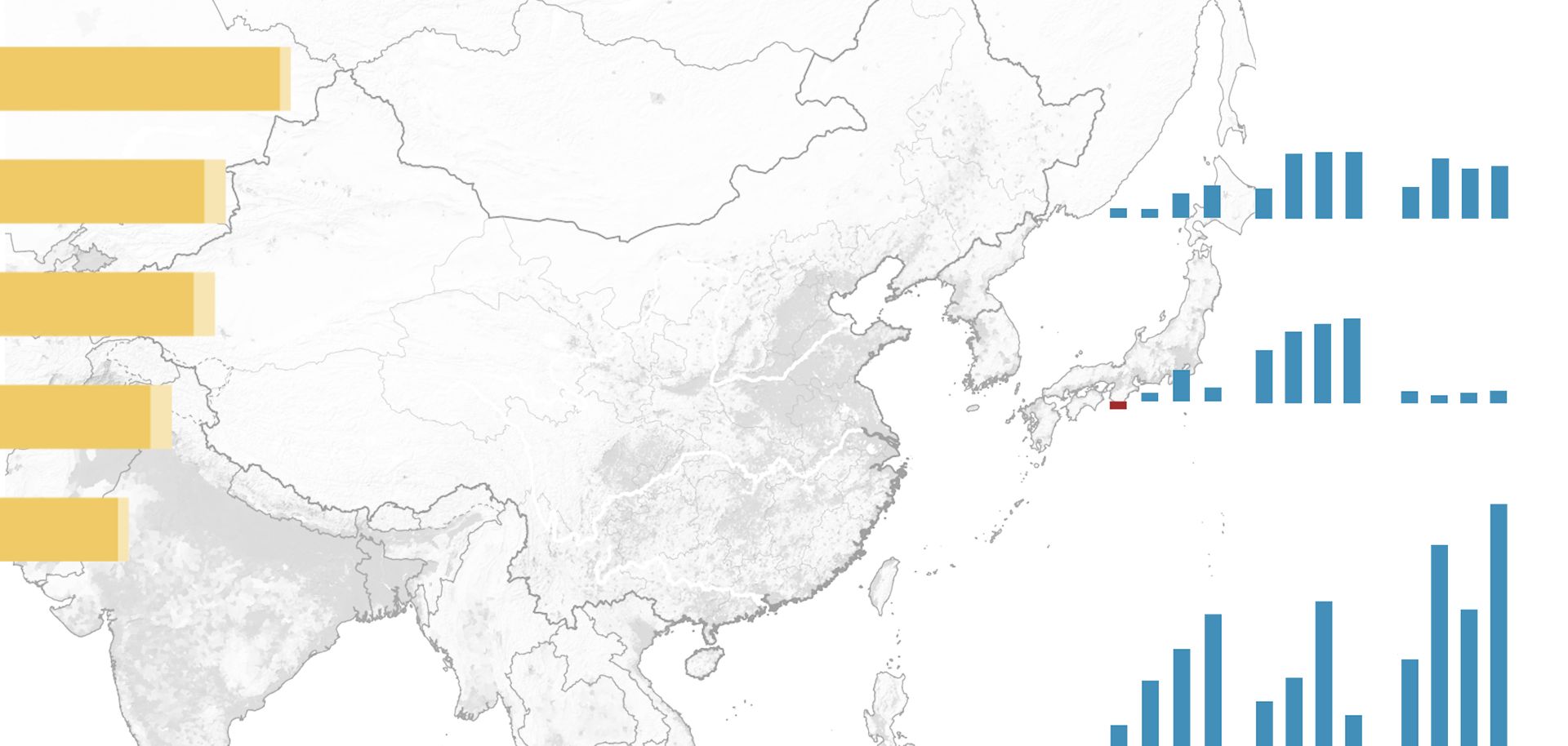
Since the second half of January 2014, three out of four of the most prominent Knights Templar leaders have been eliminated, as have many of their lieutenants. Federal authorities could not have racked up such rapid successes against Knights Templar leaders during the first quarter were it not for the presence of self-defense militias in Michoacan state. The self-defense militias first emerged in February 2013 and have since expanded their operations to more than 26 of Michoacan's 113 municipalities (and over half the state's geographic area). With the expansion, the militias challenged government authority in many towns by taking charge of public safety, often detaining local law enforcement authorities whom the militias viewed as having links to the Knights Templar.
Mexico City has decided it cannot tolerate the existence of well-armed and widely operating militias willing to supplant government authority, which led to the government and militia leaders from 20 municipalities striking a new deal April 14 to resolve their status. Though the agreement followed a recent ultimatum by the federal government that the militias voluntarily disarm by May 10 or have federal troops forcibly disarm them, the new deal's 11 points do not call for a total disarmament. Instead, the militias accepted an offer to be incorporated into a Rural State Police body beginning May 11. Under the terms of the deal, self-defense militias will turn in "high-caliber" weapons. The deal calls for all remaining militia arms to be registered with the federal government. The April 14 agreement also allows militia members to join the Rural Defense Corps, just as a previous agreement reached Jan. 27 did.
According to Security and Integral Development Commissioner Alfredo Castillo, the agreement means that self-defense militias in Michoacan will disappear by May 11. Whether the agreement will actually produce that outcome remains unclear, given that it allows the self-defense militia members to continue to bear arms and does not specify just how the militias will be formally integrated into government-controlled security forces. Moreover, divisions within the militia movement could threaten the viability of the April 14 agreement.



